How to choose linoleum for the kitchen - which option is better and why?
Linoleum for the kitchen is a traditional material that has been popular for decades. It is affordable, sold at a reasonable price, has good performance - wear resistance, ease of installation, unpretentious care. But buying this flooring is not such a simple matter as it might seem, because the types of linoleum are different and each is characterized by its own characteristics. For this reason, before making a purchase, it is advisable to familiarize yourself with useful information so that the material and the eye please and serve for a long time.
Naturalness or synthetics - which is better?
How to choose linoleum for the kitchen, if stores offer a large assortment? First you need to determine the type of material. There are two options: either polyvinyl chloride linoleum, or natural.
Synthetic linoleum raises certain concerns about environmental safety. But according to numerous assurances of specialists, high-quality PVC coating meets the standards and has excellent advantages, thanks to which it is in demand among the population. Among the advantages can be noted dielectric properties, low thermal conductivity and affordability for almost everyone.
Important: in the collections of artificial linoleum there is a diverse design - an interesting palette of shades, patterns, drawings.
Natural linoleum for the kitchen - environmentally friendly material, it is made from linseed oil, wood resin, cork flour, lime powder, pigments.
The production process is set up so that the aforementioned mixture is applied to the base of jute fiber, non-woven materials. We can say that because of its characteristics, this flooring is considered to be very prestigious, it can be put on the same level as the parquet with parquet and cork flooring. There is reasoned evidence for this:
- completely "natural" product;
- high antibacterial, fungicidal indicators;
- hygiene, antistatic;
- resistance to solvents, fats, ethyl alcohol;
- fire resistance, fire safety - if it happens that a match falls on linoleum, it will not damage the surface;
- unique, unique colors - it is impossible to duplicate them in an industrial way.
- resistance to floor heating. This means that such linoleum can be combined with a "warm floor" system.
So which linoleum is better for the kitchen? Prefer synthetics or stay on natural linoleum? In this aspect, it must be borne in mind that natural material is more expensive than its counterpart, that is, a synthetic analog. Therefore, if money is available, it is better to take care of your health and be sure that everything is normal in this regard.
Type of coating: single layer or multi-layer
Many people prefer synthetic linoleum for the kitchen - how to choose such a coating, if it is both homogeneous and heterogeneous? The main features of single-layer linoleums are the following parameters:
- uniformity over the entire thickness. Although thin, they are resilient and durable;
- rough surface on which dirt is not very noticeable;
- the drawing penetrates the entire thickness of the coating - this method allows the linoleum to maintain a presentable appearance with uneven wear.
As for multilayer coatings, their structure is more complex. This is a kind of “pie”, which consists of a base, fiberglass impregnated with PVC paste, a foam layer with a pattern, a protective layer, a mechanical, chemical substrate.
Heat, sound insulation and resistance to deformation depend on the layer of fiberglass. Also, the density indicator affects the resistance to mechanical stress. When choosing linoleum, this parameter can be estimated by comparing the weight of coatings having the same thickness. Naturally, the heavier the linoleum, the higher the density and service life.
Liquid linoleum - a popular coating
Since technology does not stand still, traditional materials are being replaced by more modern ones. An example is liquid linoleum in the kitchen - simply put, it’s polymer bulk floor, it is under this name that he is known in professional circles.
The advantages of liquid linoleum:
- the surface does not have gaps, seams, which often spoil the appearance of the room;
- neither the area nor the configuration of the room matters - you don’t have to cut out pieces, suffer with the selection of a picture;
- unlimited color variations - the bulk floor can have a variety of patterns, and decorative elements added to the original composition transform the floor;
- strength, wear resistance - an important factor, because the kitchen is operated almost around the clock;
- impact resistance - no traces, dents remain on the polymer floor;
- water resistance - if there is a water leak, the floor covering will not suffer;
- incombustibility - this is due to its use in rooms with increased fire hazard.
Important: liquid linoleum is very practical for housewives with small children, because it is easy to clean.
Tile pattern - familiar design
Tile linoleum can be called a traditional version of most consumers, because with its help a modern and classic indoor environment is created. This picture has one amazing feature - it expands the room and makes it more spacious.
Also, linoleum imitating tiles is decorated in neutral colors, allowing you to focus not only on the floor, but also on furniture, decorative accessories. At the same time, one should not assume that the design of this material is monotonous, everyone will find good linoleum for the kitchen: the photos provided in the article are proof that the choice is huge.
For example, it can be an imitation of the texture of natural stone or matte colors. Of course, a real tile looks spectacular, but it has drawbacks (which linoleum does not have):
- easy to slip;
- cold is blowing from her;
- the tile is expensive and if installed incorrectly, it does not last long.
Linoleum is an excellent flooring, because modern manufacturers make sure that people like it and have excellent performance.


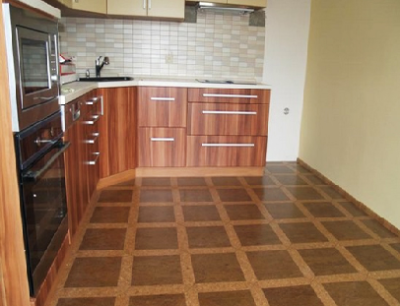
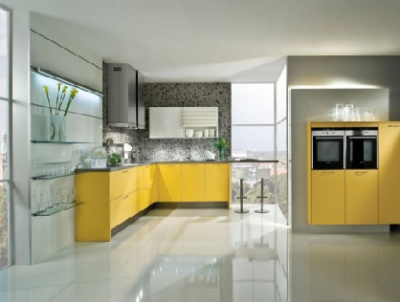
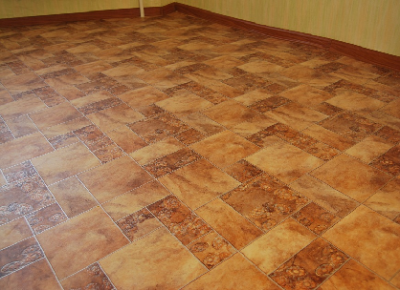
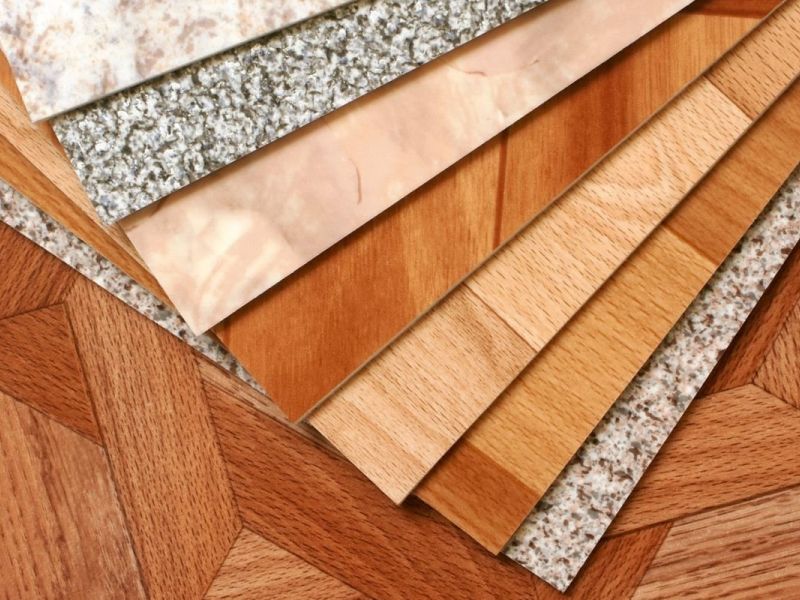
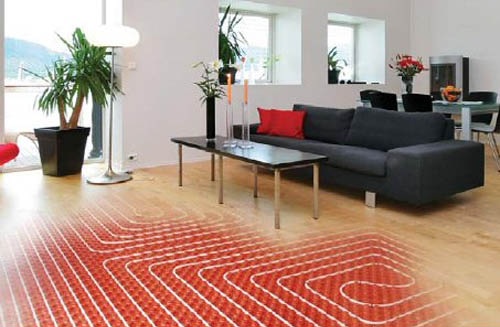

2 comments